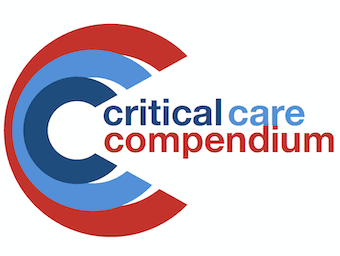
Post-intubation hypoxia
Post-intubation hypoxia can be rapidly fatal without early intervention, which requires a structured approach to concurrently identifying and treating the underlying cause

Post-intubation hypoxia can be rapidly fatal without early intervention, which requires a structured approach to concurrently identifying and treating the underlying cause

OVERVIEW AN APPROACH References and Links

Digital intubation allows intubation to be performed without a laryngoscope or a view of the larynx; may be performed with or without a bougie

Awake Intubation can be performed using direct or video laryngoscopy or using a fiberoptic scope, and various methods of topicalisation/ local anaesthesia are described

Adverse effects of Endotracheal Intubation. Can be classified anatomically or into immediate, short and long term complications.

A modified rapid sequence intubation (RSI) approach is usually preferred in hypotensive, shocked patients

Post-intubation care: key steps in patient care following intubation

Paralytics for Intubation of the Critically Ill. should suxamethonium or rocuronium be used for rapid sequence intubation? is a neuromuscular blocker even necessary for intubation of the critically ill? (facilitated or sedation only intubation)

nasal intubation may be performed blind or with fiberoptic assistance. Indicated when oral intubation is not feasible

Intubation in Upper Gastrointestinal Haemorrhage may be complicated by obscured laryngeal exposure due to blood or vomitus